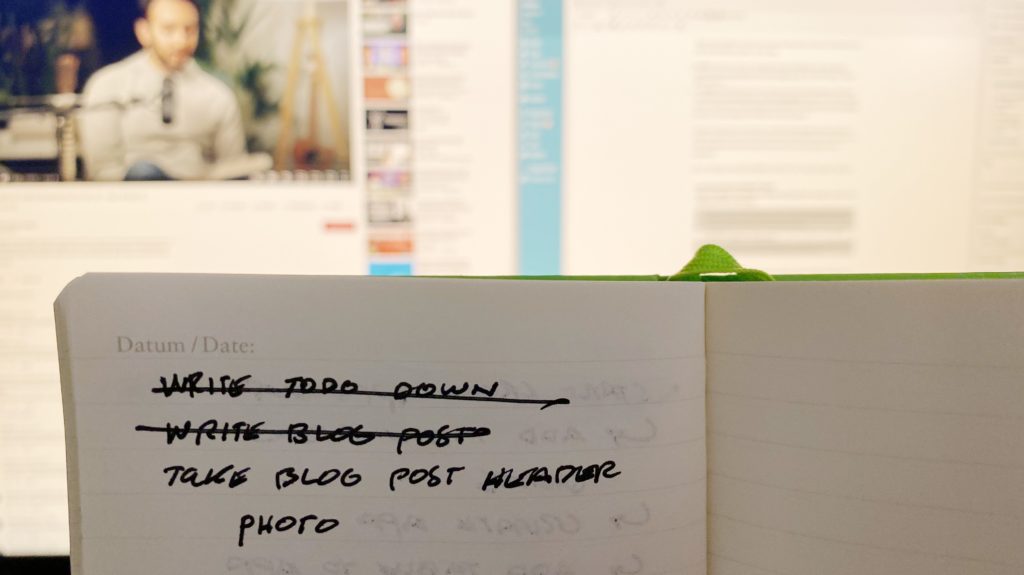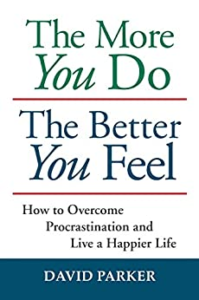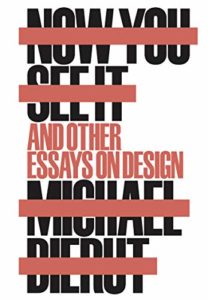In “Arnold: The Education of a Bodybuilder”, Arnold (Schwarzenegger, if you didn’t guess by now) talks about meeting someone really special.
Then in 1969 I met a girl who changed my thinking. Her name was Barbara; she was a waitress in Zuckie’s in Santa Monica, working there during the summer to help pay for schooling at San Diego State. I asked her out and was impressed immediately by something I felt about her, something that was different from most of the girls I had been dating. I could describe it as an inner warmth, the wholesomeness one associates with a hometown girl.
But not special enough:
“Gradually a conflict grew up in our relationship. Basically it came down to this: she was a well-balanced woman who wanted an ordinary, solid life, and I was not a well-balanced man and hated the very idea of ordinary life. She had thought I would settle down, that I would reach the top in my field and level off. But that’s a concept that has no place in my thinking. For me, life is continuously being hungry. The meaning of life is not simply to exist, to survive, but to move ahead, to go up, to achieve, to conquer.” — Arnold: The Education of a Bodybuilder by Arnold Schwarzenegger – https://a.co/6lZsPy1
A little harsh, and it’s definitely a case of “not special enough… for that point in his life”. He’s the best bodybuilder in history and is about to go shift the movie industry with a few other super jacked action stars.
A couple questions that can be helpful:
(1) What do you want right now?
(2) What will you sacrifice for that thing? (And are you willing to make that sacrifice?)
Yes, I do want to drop 10 pounds. What do I have to sacrifice?
More than just time, because I was already carving the time out for workouts.
Not sleep, because that will go counter to the goal, especially when framed in terms of overall health and sustainability.
The joy of food. Yes that’s one thing. So I need to remind myself that that particular joy is fleeting.
The social connection of shared meals. This is a big thing where my beliefs are wired wrong. I can still join in on social meals. I don’t need to eat the most. Finishing the remaining food at the bottom of the container doesn’t make the friendship deeper or bring the money back.
I’m also past the time in life where most of my friends are going out every weekend. So I kind of have it easy!
Being consistently hungry in this goal means literally being consistently hungry and being okay with that feeling.



